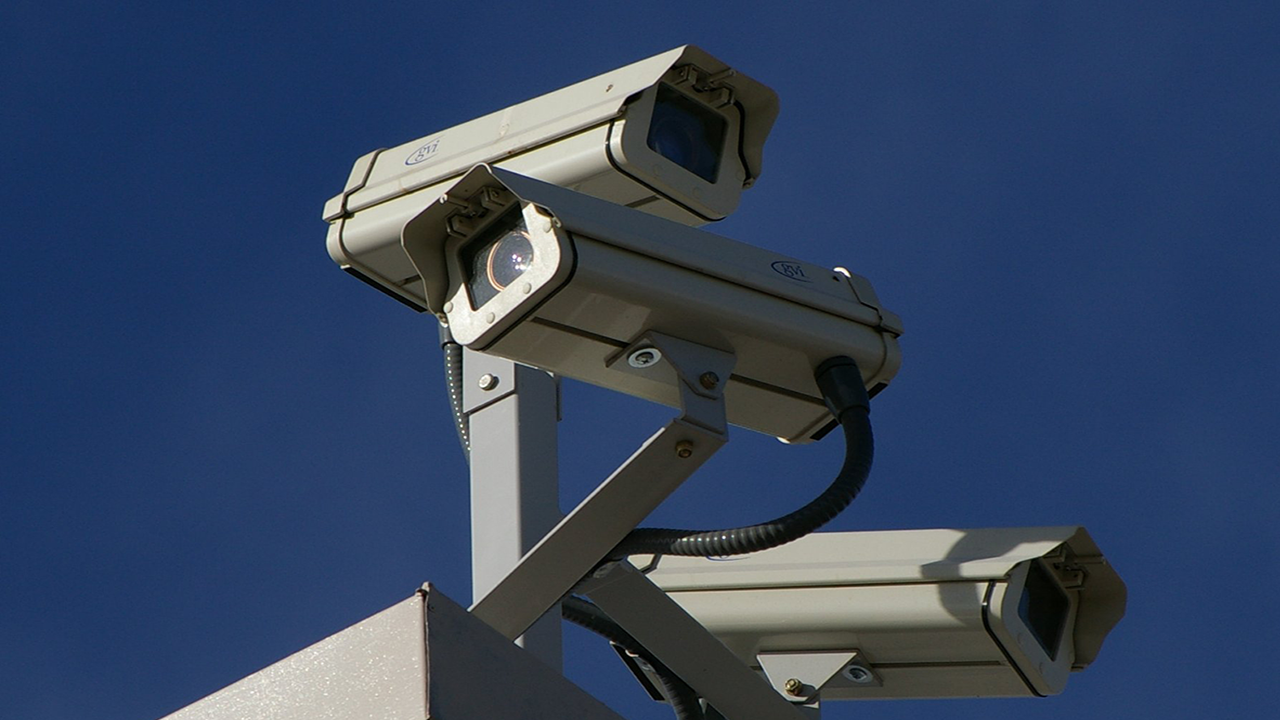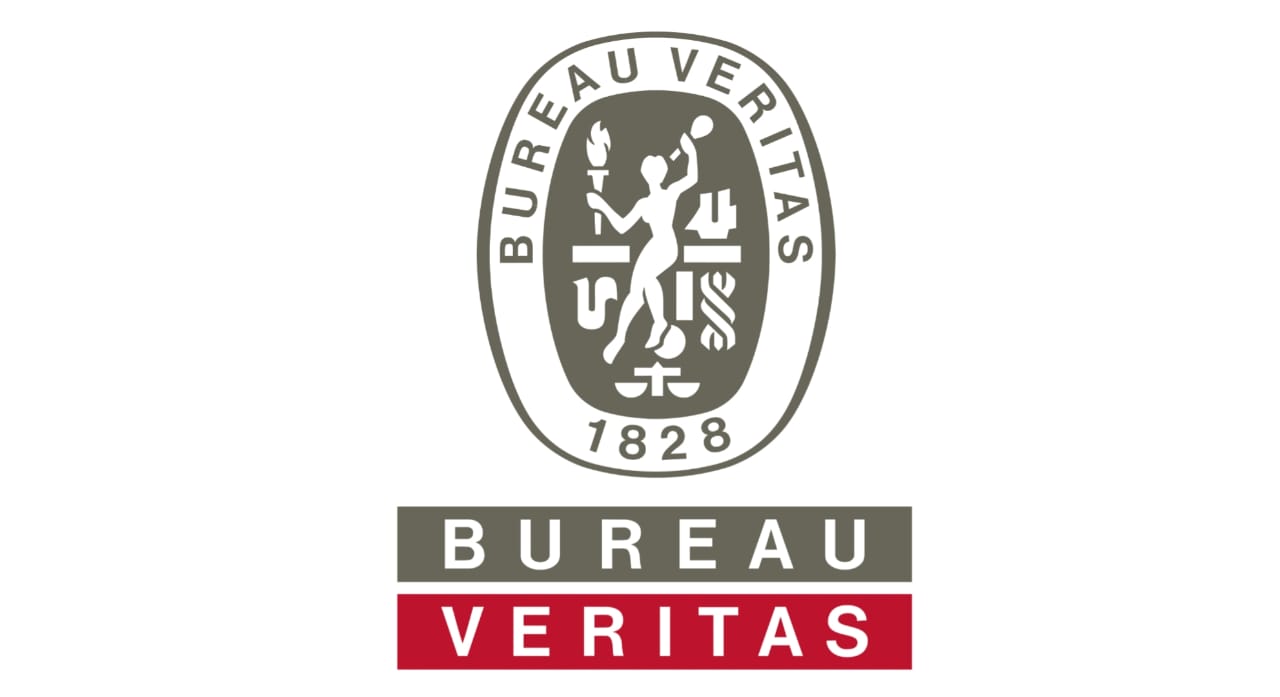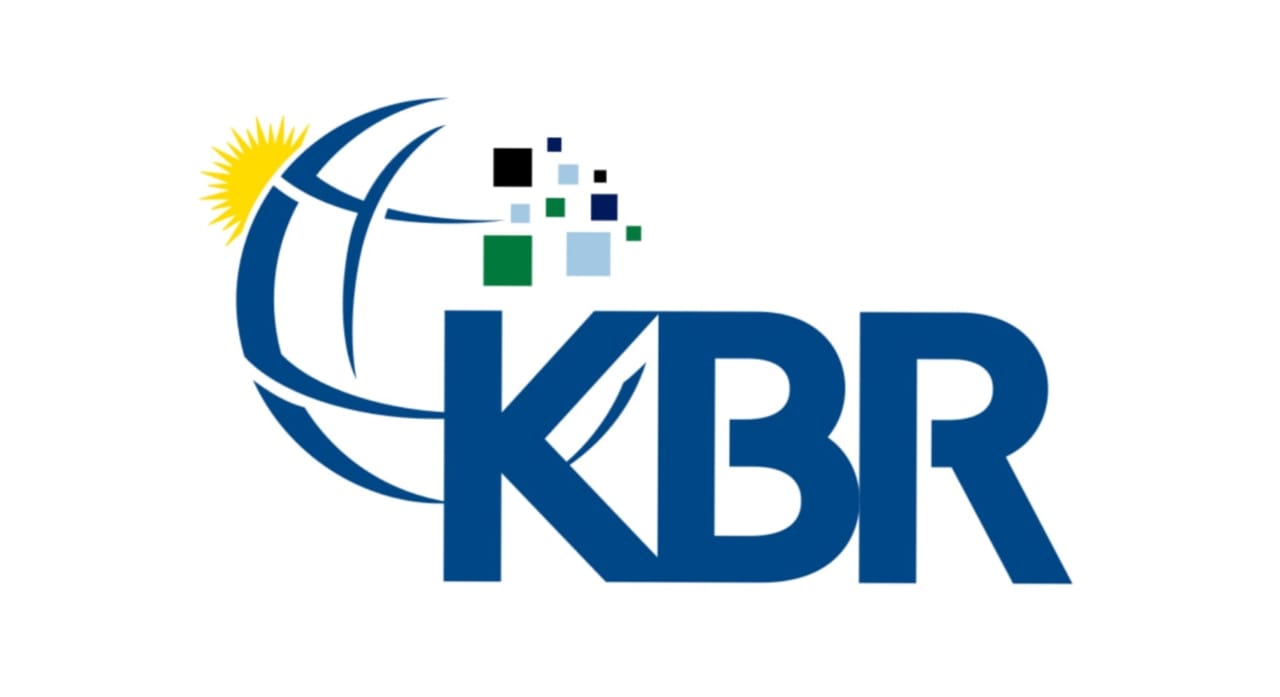Comprehensive CCTV Surveillance Coverage Study
A CCTV Surveillance Coverage Study evaluates the effectiveness and placement of cameras to eliminate blind spots, strengthen monitoring, and ensure compliance with security standards.

Comprehensive CCTV Surveillance Coverage Study
In modern security management, CCTV surveillance plays a vital role in safeguarding people, assets, and operations. A CCTV surveillance coverage study is a systematic evaluation designed to verify the adequacy, effectiveness, and positioning of surveillance cameras across a facility or site. The primary objective is to achieve comprehensive monitoring of critical areas, eliminate blind spots, and optimize camera performance while ensuring compliance with security standards.
The study process begins with a detailed site assessment, including analysis of facility layout, entry and exit points, restricted zones, and high-value assets. Environmental conditions such as lighting, reflections, and obstructions are carefully considered. Based on these factors, suitable camera technologies such as fixed, PTZ Pan-Tilt-Zoom, thermal, cameras are recommended to achieve the desired field of view. Additional considerations include network infrastructure, recording capacity, video retention policies, and integration with access control, intrusion detection, or alarm systems.
The outcome of a CCTV surveillance coverage study provides a structured coverage map, highlighting existing blind spots, overlapping views, and critical monitoring zones. It further delivers professional recommendations for repositioning, upgrading, or expanding the system to align with operational and regulatory requirements. By ensuring accurate placement and utilization of cameras, organizations benefit from stronger preventive security, reliable incident investigation, and improved overall situational awareness. A professionally conducted study not only enhances protection but also supports long-term cost efficiency and stakeholder confidence.










